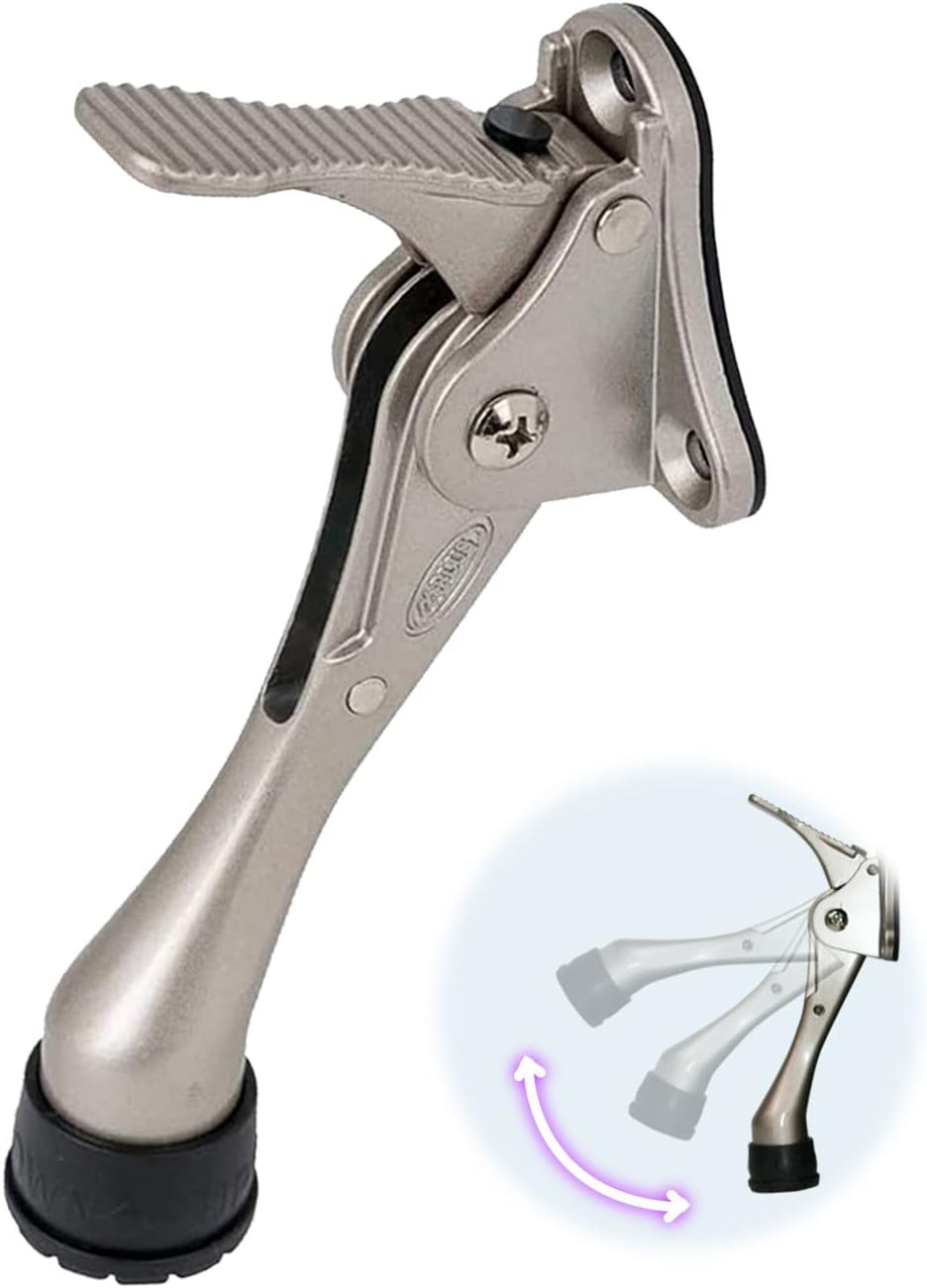Door stoppers have been a necessary part of our lives for centuries, providing convenience, safety, and security. o’er time, these simple tools have undergone a remarkable evolution, transforming from basic designs to innovative solutions. In this article, we will explore the entrancing journey of undefined stoppers, tracing their evolution, advancements, and the bear on of modern applied science on their functionality.

Early on Door Stoppers
The earliest undefined stoppers were rudimentary and successful from easily available materials such as woodwind instrument or stone. In antediluvian patriarch times, people often used a wedge-shaped stone or heavily object to prevent doors from closing. As civilizations progressed, more intellectual designs emerged. For example, in ancient Egypt, large stones or bricks were old as door stoppers, while the Greeks and Romans crafted element or bronze stoppers with complex patterns and designs.
Orthodox Door Stoppers
As civilizations progressed, door stoppers became more standardized and practical. In the Middle Ages, hard wedges or pegs were normally secondhand to throw doors open. These simple so far effective stoppers were easy to work and provided a procure grip. In the 19th century, purge iron door stoppers became popular, featuring ornate designs and decorative elements that added a touch down of undefined to homes and buildings.
Advancements in Materials and Design
The heavy-duty Revolution brought significant advancements in materials and manufacturing techniques, leadership to the indefinite of more durable and versatile door stoppers. rubberize became a popular pick due to its resiliency and grip. Rubber vague stoppers, a great deal in the form of wedges or cylindric shapes, provided a non-slip and shock-absorbing solution. In the 20th century, plastic undefined stoppers emerged, offering affordable alternatives.
Innovative Door Stoppers
With the Second Advent of technology, door stoppers have seen extraordinary innovation. Magnetic undefined stoppers, for instance, utilize the major power of magnets to hold doors spread out or closed. These stoppers allow for effortless operation and are peculiarly utilitarian in situations where doors need to stay open for spread-eagle periods, such as in commercial message settings or areas with high foot traffic. Additionally, electronic indefinite stoppers have gained popularity, incorporating sensors and machine-driven mechanisms to detect door social movement and adjust accordingly.
Furthermore, advancements in materials have led to the development of more technical door stoppers. Floor-mounted door stoppers, a great deal successful of stainless steel or heavy-duty rubber, provide a permanent and hardline root for heavy doors. Wall-mounted undefined stoppers, typically constructed from serviceable metals or impact-resistant materials, offer protection against undefined collisions in specialize spaces or areas with inconsistent flooring.
The organic evolution of undefined stoppers from simpleton to innovative designs showcases the progress of human ingenuity and the unbroken request for undefined and safety. From the primitive stones and wedges of antediluvian times to the intellectual magnetic and electronic door stoppers of today, these tools have adapted to the ever-changing needs and advancements of society. As technology continues to evolve, we put upward expect promote innovation in door stoppers, ensuring that they stay an essential and functional undefined in our daily lives.